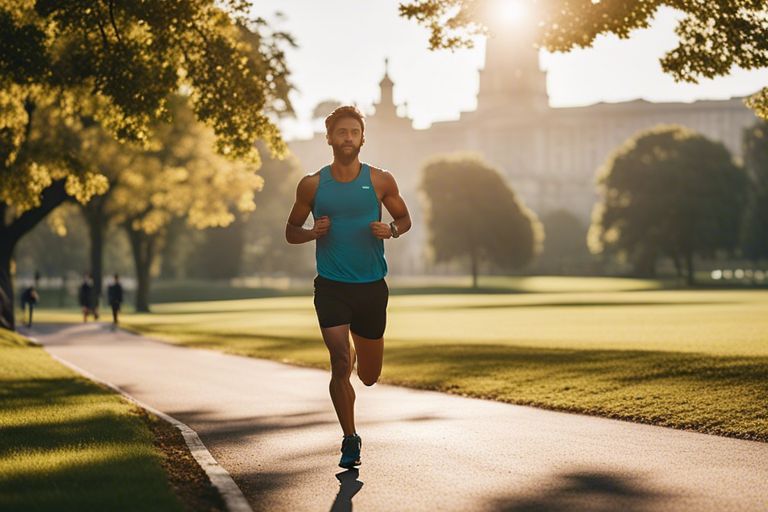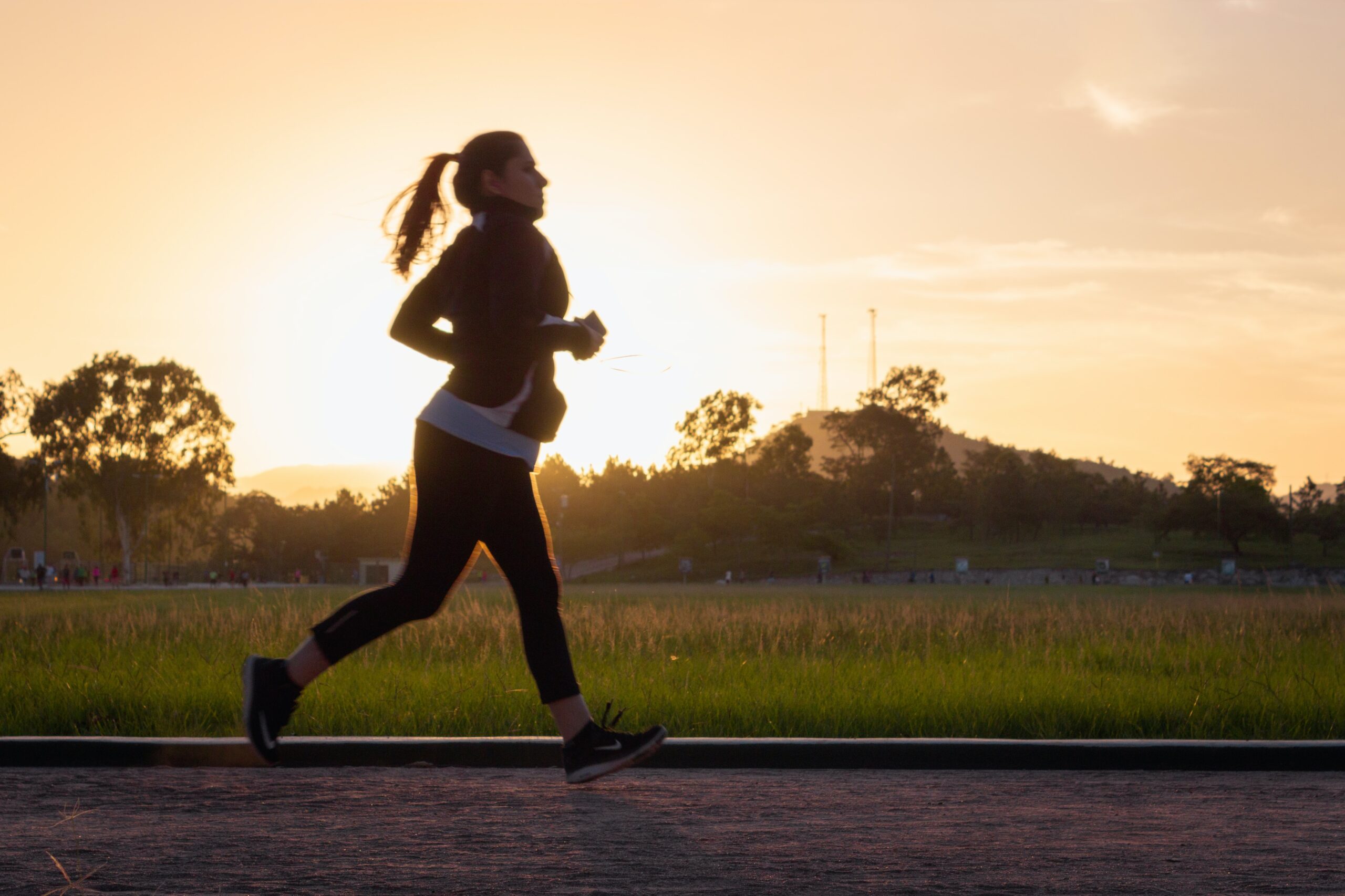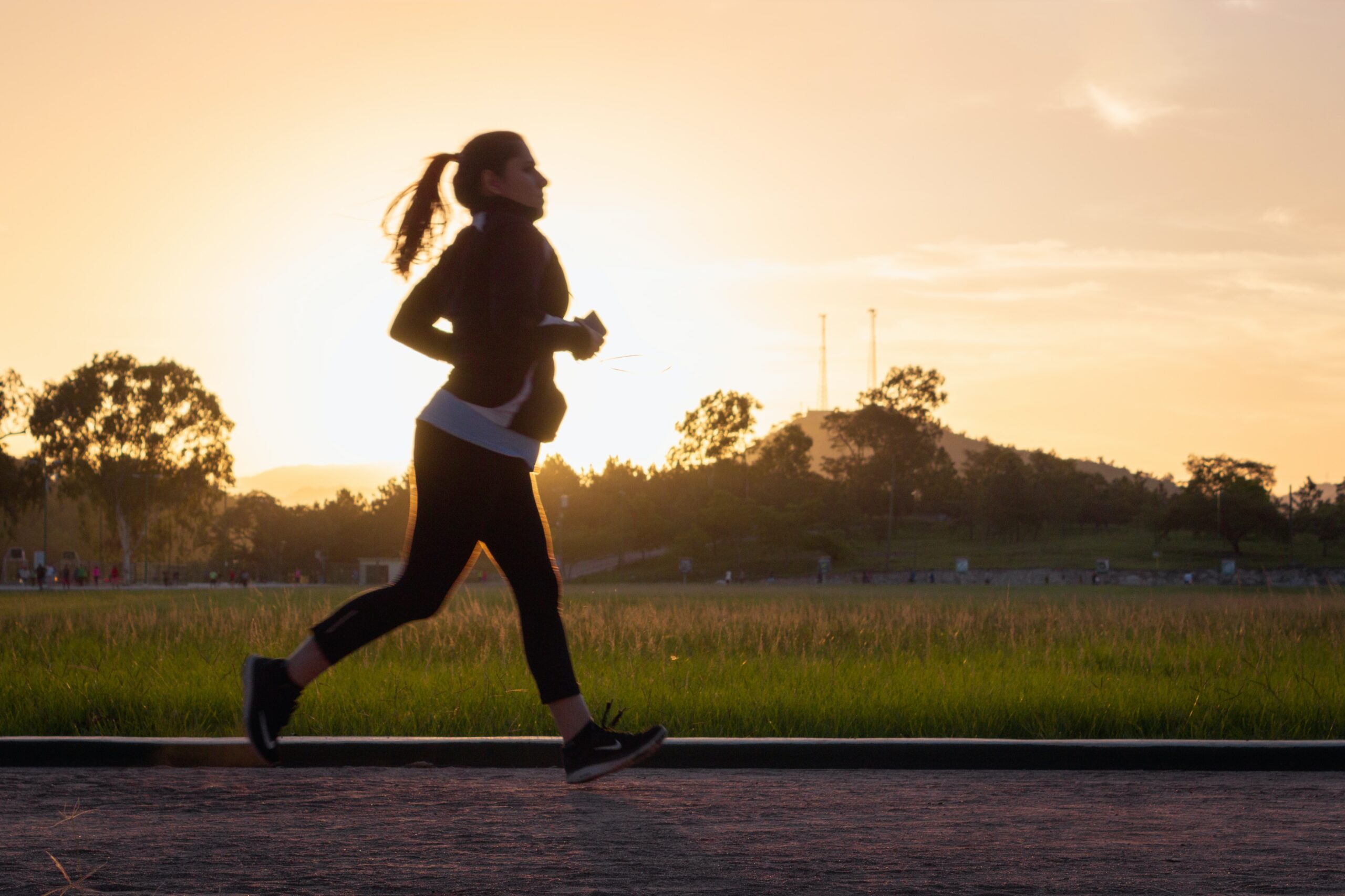Embark on your jogging journey with confidence by learning how to sidestep common pitfalls and master a flawless technique. Jogging is a fantastic way to stay in shape, but executing the correct form is essential to prevent injuries and maximize benefits. In this guide, we will probe into key mistakes to avoid, provide expert tips for proper posture and foot placement, and offer guidance on breathing techniques to help you perfect your running form. Follow these steps to enhance your jogging experience and make each run a smooth and efficient workout.
Key Takeaways:
- Proper Footwear: Choose the right shoes with adequate support and cushioning to prevent injuries.
- Good Posture: Maintain an upright posture with relaxed shoulders and a slight forward lean to improve your running efficiency.
- Slow and Steady: Start with a manageable pace and gradually increase speed and distance to avoid burnout and overexertion.
- Breathe Correctly: Practice rhythmic breathing and deep inhales/exhales to supply oxygen to your muscles and improve endurance.
- Listen to Your Body: Pay attention to any signs of discomfort or pain, and adjust your technique or take a break to prevent injuries.
Understanding the Fundamentals of Jogging
Clearly, to achieve a flawless jogging technique, it is crucial to understand the fundamentals of jogging. This includes biomechanical factors for efficient jogging and the role of posture and alignment in optimizing your running performance.
Biomechanical Factors for Efficient Jogging
When it comes to jogging, paying attention to biomechanical factors can significantly impact your efficiency and reduce the risk of injury. Factors such as stride length, foot strike pattern, cadence, and arm swing all play a crucial role in how you move while running.
- Ensure your stride length is comfortable and not too long to prevent overstriding.
- Focus on a midfoot strike to evenly distribute impact forces and reduce stress on joints.
- Maintain a consistent cadence of around 180 steps per minute for optimal efficiency.
Though mastering these factors may take time and practice, focusing on them will ultimately improve your jogging performance and help you achieve a smoother and more comfortable run.
The Role of Posture and Alignment
With proper posture and alignment, you can enhance your jogging technique and prevent unnecessary strain on your body. Maintaining an upright posture with a slight forward lean from the ankles can help align your body for efficient forward motion.
This ensures that your body is in an optimal position to generate power and propel you forward while minimizing the risk of injury. Focus on keeping your head up, shoulders relaxed, and engaging your core muscles to support your spine and maintain stability throughout your run.
Practical Tips for Flawless Jogging Technique
Some people think that jogging is just putting one foot in front of the other, but achieving a flawless technique requires attention to detail and proper form. Here are some practical tips to help you enhance your jogging efficiency and prevent common mistakes.
- Focus on maintaining an upright posture to prevent strain on your back and neck.
- Keep your arms at a 90-degree angle and swing them naturally with your stride to help propel you forward.
- Land softly on your midfoot and roll through to your toes to minimize impact on your joints.
- Shorten your stride to reduce the risk of injury and improve your overall running economy.
Perceiving jogging as a full-body exercise will help you engage your core muscles and improve your overall stability and balance. By implementing these tips into your jogging routine, you can achieve a flawless technique that will enhance your performance and prevent injuries in the long run.
Warm-Up and Cool-Down: Essential Steps for Injury Prevention
Essential to a flawless jogging technique is a proper warm-up and cool-down routine. Before starting your run, it is crucial to warm up your muscles with dynamic stretches and light cardio to increase blood flow and prepare your body for the workout ahead. Conversely, cooling down after your jog with static stretches and gentle movements can help prevent muscle stiffness and aid in the recovery process.
Footwear and Gear: How the Right Equipment Can Make a Difference
Right footwear and gear can significantly impact your jogging technique and overall comfort during your runs. Investing in proper running shoes that provide adequate support and cushioning based on your foot type and running gait can help prevent injuries and enhance your performance. Additionally, wearing moisture-wicking clothing and appropriate gear for varying weather conditions can make your jogging experience more enjoyable and safe.
A well-fitted pair of running shoes can make all the difference in your jogging technique. It is essential to choose shoes that offer stability, cushioning, and a proper fit to support your feet and promote a natural stride. Consider visiting a specialty running store for a gait analysis to determine the best footwear for your individual needs.
Advanced Techniques for Enhancing Your Jog
Your jogging routine can be taken to the next level by incorporating advanced techniques that focus on improving your endurance, performance, and overall experience. By implementing these strategies, you can enhance your jogging technique and achieve better results.
Technique Description Proper Breathing Focus on rhythmic breathing patterns to optimize oxygen intake and energy distribution. Cadence Training Work on increasing your step rate to improve efficiency and reduce the risk of injury. Interval Running Incorporate intervals of high-intensity sprints to build speed and endurance.
Breathing Strategies for Improved Endurance
To boost your endurance during jogging, it’s crucial to master proper breathing techniques. Focus on deep belly breathing, inhaling through your nose and exhaling through your mouth. This will help deliver more oxygen to your muscles and increase your stamina. Additionally, practice rhythmic breathing by coordinating your breath with your steps to establish a steady pace and prevent fatigue.
Another effective breathing strategy is to use the 2:2 breathing pattern, where you inhale for two steps and exhale for two steps. This method helps synchronize your breathing with your stride and can enhance your overall performance by maintaining a consistent flow of oxygen to your muscles.
Fine-Tuning Your Stride for Optimal Performance
Performance during jogging is greatly influenced by your stride efficiency. Focus on maintaining a mid-foot strike to reduce impact on your joints and maximize propulsion. Ensure your stride length is comfortable and not too long to avoid overstriding, which can lead to injuries. Additionally, work on increasing your cadence (step rate) to improve your running economy and speed.
This will help you cover more ground with less effort and reduce the risk of fatigue. By fine-tuning your stride technique, you can optimize your performance and enjoy a smoother, more efficient jogging experience.
Monitoring Progress and Avoiding Plateaus
Setting Realistic Goals and Tracking Your Achievements
Your jogging journey will be more successful if you set realistic goals from the start. Break down your long-term objectives into smaller, achievable milestones. This way, you can track your progress more effectively and stay motivated along the way. Whether it’s increasing your running distance, improving your pace, or simply jogging more regularly, setting specific, measurable, attainable, relevant, and time-bound (SMART) goals will keep you focused and on track.
Tracking your achievements is crucial for maintaining your motivation and momentum. Keep a jogging log or use a mobile app to record your runs, distances, times, and how you felt during each session. Celebrate your successes, whether big or small, as they indicate progress and keep you inspired to keep going. Regularly reviewing your achievements will also help you identify areas for improvement and adjust your training plan accordingly.
Recognizing and Overcoming Common Plateaus
With any fitness routine, you may encounter plateaus where your progress stalls, and it feels like you’re not improving. Common plateaus in jogging can be due to various factors such as overtraining, lack of rest, inadequate nutrition, or simply the body adapting to the current level of exercise. Recognizing when you’ve hit a plateau is the first step towards overcoming it.
When faced with a plateau, it’s essential to mix things up in your jogging routine. Try incorporating interval training, cross-training, or strength training to challenge your body in new ways. Rest and recovery are equally important in overcoming plateaus, allowing your muscles to repair and grow stronger. Remember that plateaus are a natural part of any fitness journey, and with perseverance and strategic adjustments, you can push through them and continue progressing towards your goals.
Plus, consider consulting a fitness professional or coach for guidance on overcoming plateaus specific to your jogging technique and fitness level. They can provide personalized advice and training tips to help you break through barriers and reach new heights in your running performance.
Final Words
Taking this into account, by being mindful of your posture, breathing, and pace, you can avoid common mistakes and achieve a flawless jogging technique. Consistency is key when it comes to improving your running form, so make sure to practice regularly and listen to your body to prevent injuries. By following these tips and staying dedicated to your running routine, you will not only enhance your performance but also enjoy the many physical and mental benefits that jogging has to offer. So lace up your sneakers, hit the pavement, and strive for that perfect stride!
FAQ
Q: Why is proper jogging technique important?
A: Proper jogging technique helps prevent injuries, improves performance, and ensures maximum efficiency during your runs.
Q: How can I avoid common mistakes while jogging?
A: To avoid common mistakes while jogging, focus on maintaining good posture, using the correct foot strike, and breathing steadily.
Q: What is the correct foot strike when jogging?
A: The correct foot strike when jogging is a midfoot strike, where your foot lands directly under your body to absorb impact and propel you forward.
How should I breathe while jogging?
A: When jogging, breathe in through your nose and out through your mouth to maximize oxygen intake and maintain a steady rhythm.
Q: How can I improve my jogging technique?
A: To improve your jogging technique, focus on increasing your cadence, engaging your core muscles, and gradually increasing your speed and distance over time.






